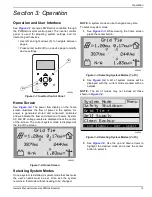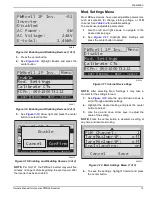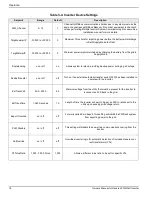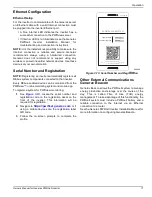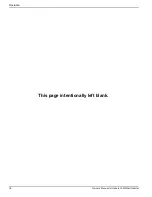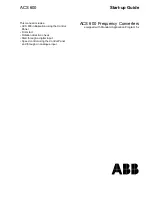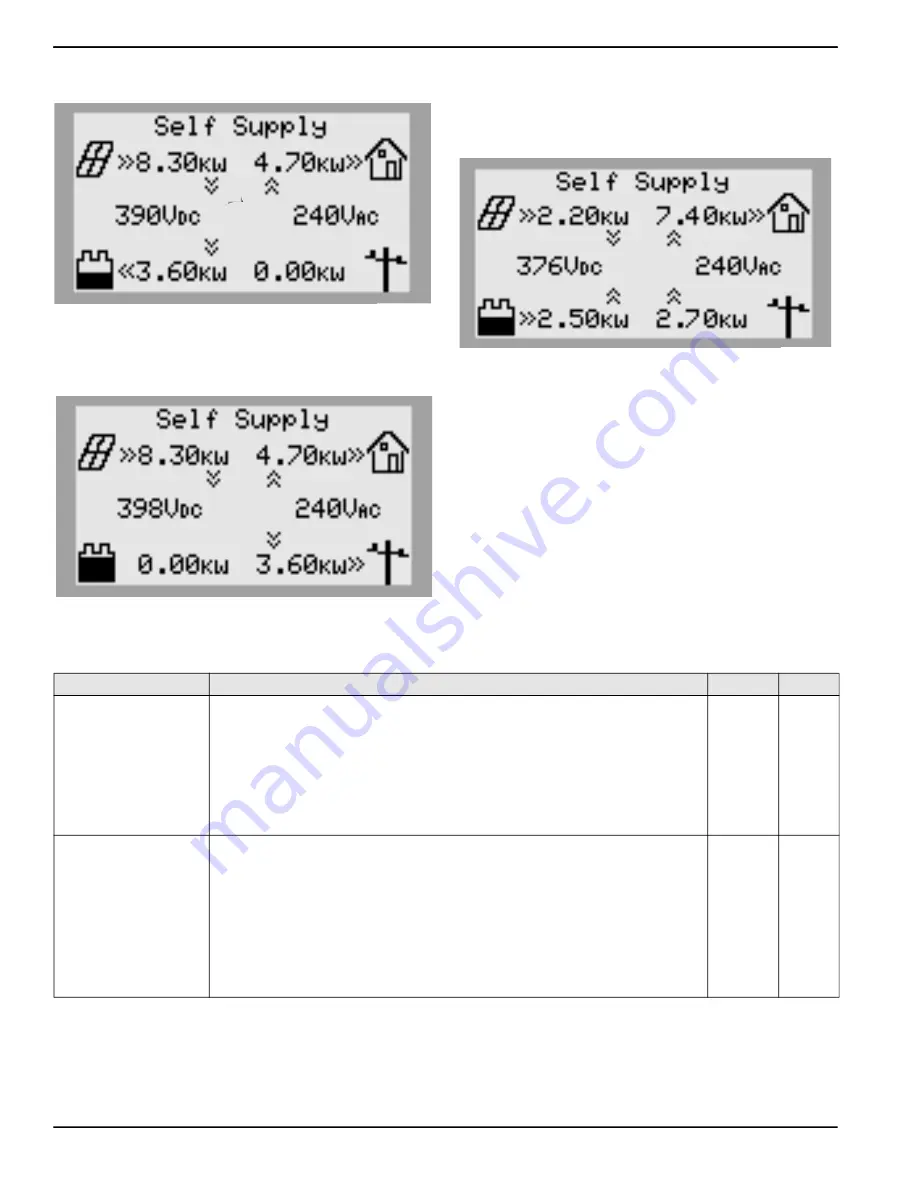
10
Owner’s Manual for Generac PWRcell Inverter
General Information
solar array than is needed by local loads, the inverter
stores the energy in the battery for later use.
Figure 2-10. Self Supply (1 of 3)
See
. When the battery is full and a surplus of
power is available, that surplus is exported to the grid.
Figure 2-11. Self Supply (2 of 3)
See
. When local demand exceeds available
solar-generated power, the battery supplies power to
support local loads. If the building requires more power
than the battery and solar can provide, then the excess
demand is drawn from the grid.
Figure 2-12. Self Supply (3 of 3)
Self Supply Setpoints
The TargMaxImprtP and TargMinImprtP setpoints allow
the building to deliberately import power from the grid
within certain limits. This is useful for specialized
applications, such as peak avoidance.
These setpoints are relevant to Self Supply mode only,
and are only used for specific applications. See
009962
009963
011241
Table 2-3. Self Supply Setpoints
Setpoint
Description
Default
Units
TargMaxImprtP
Target Maximum Import Power
•
Maximum power imported from the grid at any point.
•
When the overall building load exceeds this setpoint, the inverter will supply
additional power from the battery and solar array to keep grid import power
below this level.
•
This maximum is not guaranteed. If insufficient battery and solar power is
available to cover the load, then the grid will supply the additional power.
0
W
TargMinImprtP
Target Minimum Import Power
•
Use this setpoint to charge the battery from the grid.
•
If the overall building load is less than this setpoint, the inverter will import
power to the battery to keep the grid import power up to the setpoint.
•
If the building load is above the setpoint, the inverter will stop importing
additional power to charge the battery.
•
This minimum is not guaranteed. Once the battery is full, grid import power
may fall below this level.
0
W

















